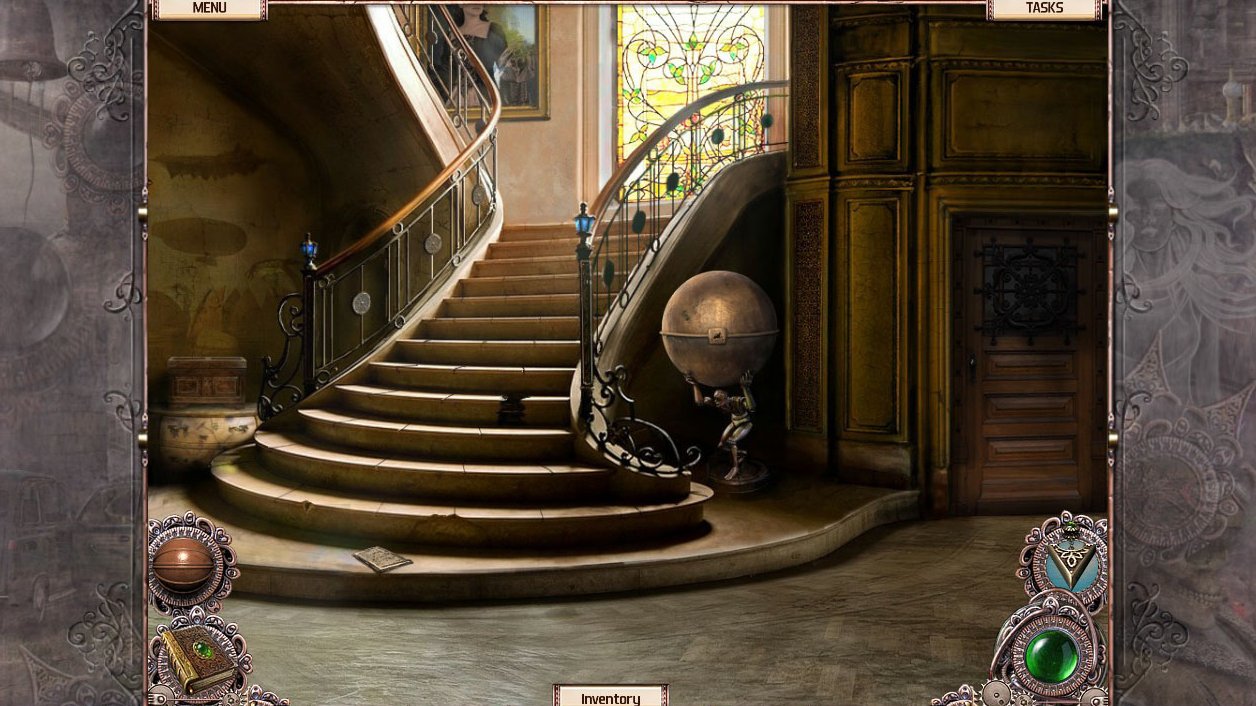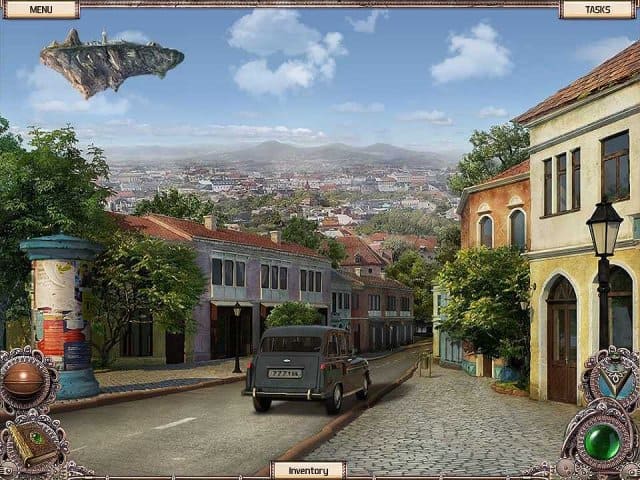
In the end we wanted to implement urban gardening on the roofs as a way of providing food for the people of the community. Some of the spaces include a shared kitchen, kindergarten, utility room for the tenants and commercial spaces for the people living there to open private businesses. We wanted to implement as many different activities on the ground floor as possible to put “life” on the roads in between the buildings. The rest of the ground floor is public space illed with spaces of a variety ofuses. The ground loor apartment are in their context shared apartments which have a private – semi private and open space. The idea behind these pads was to have how we like to call it Layered privacy. We can show the relation between the build volume and the voids. It was necessary for us to try and understand the culture, as it was in The way of Living that we searched to combine the old and the new, there in came the idea of the “Refurbished Memory”. Topography played an important role in our decision making process as did the spaces of living and public spaces surrounding the area. The old village played a major role in trying to determine how a new life could be brought in to this rich and old heritage. We hope this 3 kinds of spatial transparency could propose a new way of meeting the density but keeping and maximizing the way of living as well. And these furnitures were important elements of the alley supporting the way of living. The way of living based on the alley : making their own space upon people’s desire, a place for chatter, making a green space with pots, working together. This prototype is combined with 3 kinds of spatial transparency and suggesting a new urban density. It creates various public space scenarios. It’s a prototype for the minimal guide line but adaptable in various way. We propose a new prototype with 3 spatial transparency to suggest a new urban density keeping the way of living. This project suggests a more sustainable alternative for urban development but keeping the way of living of the site. This project suggests a possibility of new urban density with a community space of small villagescale. We deal with 2 requires from the site, ‘Double density’ and ‘keeping the way of living’. One must know that not all structures are designed wholly by architectures or construction companies. Nevertheless, the way of living will change as new facilities will come and affect the old way of living. Of course, the happiness of families in the communities must be ensured.

The community spaces for people to gather must be preserved to make sure they want to stay in their places. For example, people must be allowed to continue cultivating their farmlands and managing their stores.

Not just physical aspects that people relied upon, but also people’s way of living must be protected. Keeping the way of living means that we are preserving our history. Sustainable communities must respect the way of living for native residents. Preservation of living spaces must not be just a physical activity. The exhibition illustrates the various layers and contexts of modern urban conditions and the potential for high-density, low-rise residential models for future Seoul. Based on selected typologies and design principles, concrete methods for accessing the high-density low-floor area are introduced in eight books. The main concepts of the project are presented in eight categories: topography, pad, road, way of living, design, environment, micro-economy, and community. Based on the experience of Seoul and Vienna, the project is based on the principle that affordable housing is a right, a necessary part of a just, inclusive, and sustainable city. With the background of new initiatives for public housing development, the exhibition consists of projects designed for two small towns in Hope Village. Hope Village is a shanty town located in Nowon-gu Seoul.

The results of the course was then presented in the Soeul like Korean_Austrian contribution to the Biennale of Seoul 2017 (September-November 2017). An intensive study of the urban typology of housing was undertaken with the students and the Guest Professor Seung H-Sang (SDF), Mladen Jadric (TU) and various experts and practitioners. The course “Landscripts of Vienna and Seoul” was offered to students at TU Wien in the Master of Architecture and Planning.


 0 kommentar(er)
0 kommentar(er)
